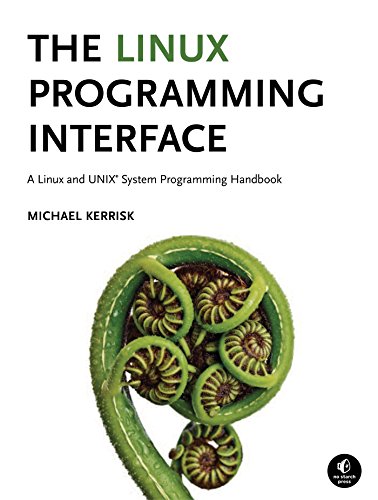There are not many tools that have had such a profound effect on the IT industry as Docker. It has had an impact on not only the way we think of and manage IT infrastructure but it also has had a huge impact on software development practices.
Docker made a big splash across the Open Source community when it Open-Sourced their software for creating lightweight, portable, self sufficient containers that empowers their Platform As A Service (PAAS) offering.
Developers have really become excited about Docker, because of it promise of easy use and viable alternative to Chef and puppet for managing server environments. Reducing the need for managing complex server environments and wrangling with many different types of configuration files. Docker enables developers to simply create a lightweight image of an operating environment and share it with their team and community.
What is Docker?
Docker is an Open-Source tool that allows developers to easily deploy their applications, by creating containers which can then be deployed anywhere. The key benefit of Docker is that it allows users to package an application with all of its dependencies into a standardized unit enabling anybody to deploy and run them on any machine without facing runtime environment conflicts.
Docker solves the problem of having identical environments across various stages of development and isolated environments for your individual applications.
Initially you may be thinking that this is similar to Virtualization, However there is a big difference between Containerization and Virtualization. The difference being that a Docker Image does not package an entire operating system, only the application files and runtime specific dependencies.

A container is a form of lightweight virtualization whereby groups of processes running on the same kernel can be isolated from one another in environments that appear to be separate machines. Containers can be nested, one inside the other. The containers approach contracts with full virtualization, where each virtualised environment is running a distinct kernel
The Linux Programming Interface
The Linux Programming Interface
A Linux and UNIX System Programming Handbook
Definitive guide to the Linux and UNIX programming interface the interface employed by nearly every application that runs on a Linux or UNIX system.
Advantages of containers
- Lightweight: Containers isolate processes and making use of the host’s kernel.
- Portable: All of the dependencies are bundled inside of the container, allowing it to run on any Docker host.
- Deployment: Containers make deployments easy
- Size: The average size of a Docker Container is in Megabytes while VMs are gigabytes.
- Security: Every container is isolated. I.e, one container cannot access another container.
- Predictable: Host performance is not affected by a containers
Linux Containers (LXC) are an operating-system-level virtualization method for running multiple isolated Linux systems on a single control host. It does not provide a virtual machine, but rather provides a virtual environment.
Each container has it's own;
- Root File System
- Process
- Memory
- Device
- Network Ports
Why should I use Docker
Although containers by themselves are not a new technology, Docker started to give them mainstream attention. By providing standard APIs that made containers easy to use and create, enabling the development community to collaborate around libraries of containers, Docker has radically changed the face of the technology landscape.
Due to its benefits of efficiency and portability, Docker has been gaining mind share rapidly, and is now leading the Containerization movement.
Taking advantage of Docker and splitting your application into functional components and configured to respond appropriately to other containers and configuration flags within the environment, you can easily upload your image and make it available through a registry. Uploading container images to a registry allows Docker hosts to pull down the image and spin up container instances by simply knowing the image name.
There are a number of Docker registries available for this purpose. Some are public registries where anyone can see and use the images that have been committed, while other registries are private. Images can be tagged so that they are easy to target for downloads or updating.
What version of Docker do I have ?
If you want to find out which version of docker you have installed or even if you have it installed you can easily find out by simply open up a terminal window and use the docker --version.
Your system will respond with the current version installed. Ideally you should be using the most up to date version - Docker Community Edition 18.x
Conclusion
Docker provides building block necessary for distributed container deployments. By packaging application components in their own containers, horizontal scaling becomes a simple process of spinning up or shutting down multiple instances of each component. Docker provides the tools necessary to not only build containers, but also manage and share them with new users or hosts.
While containerized applications provide the necessary process isolation and packaging to assist in deployment, there are many other components necessary to adequately manage and scale containers over a distributed cluster of hosts.
- What is this Directory.Packages.props file all about? - January 25, 2024
- How to add Tailwind CSS to Blazor website - November 20, 2023
- How to deploy a Blazor site to Netlify - November 17, 2023
